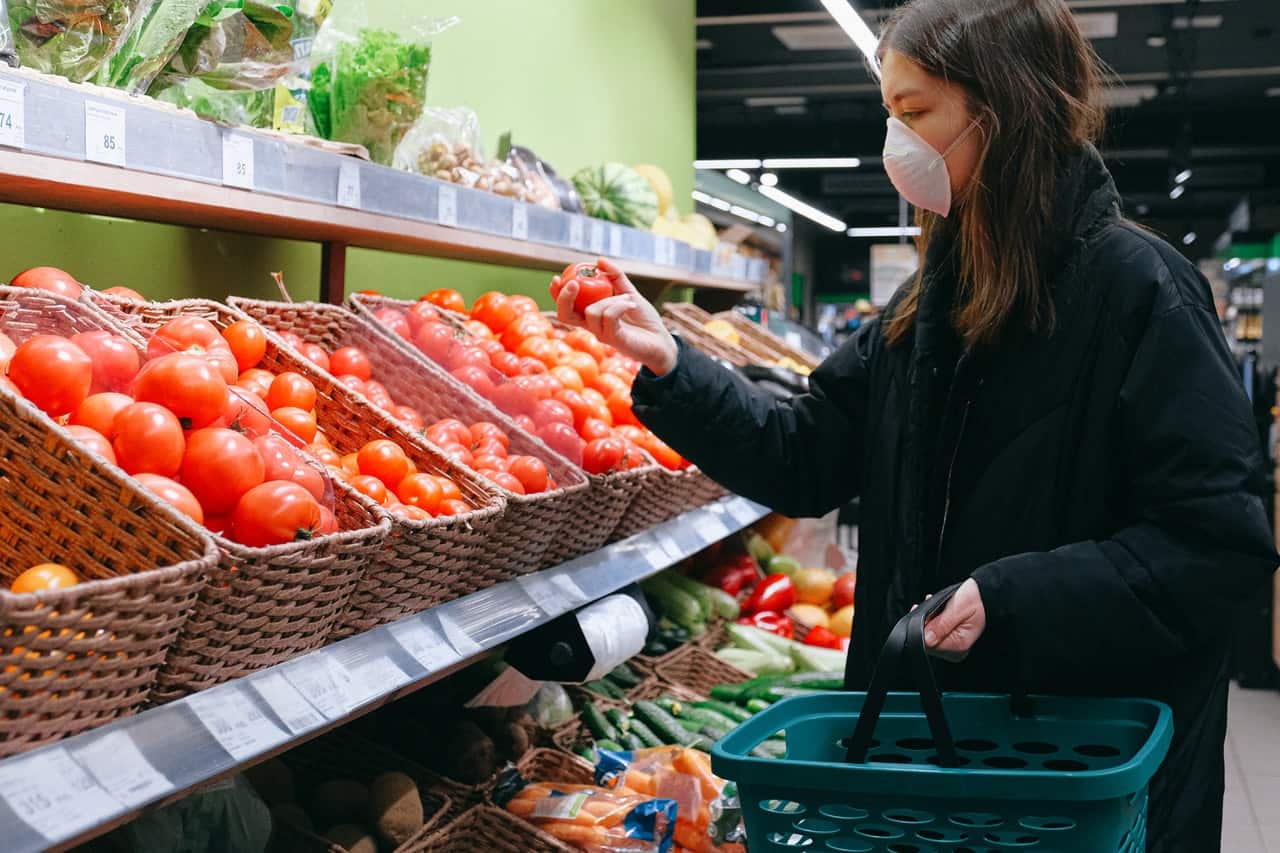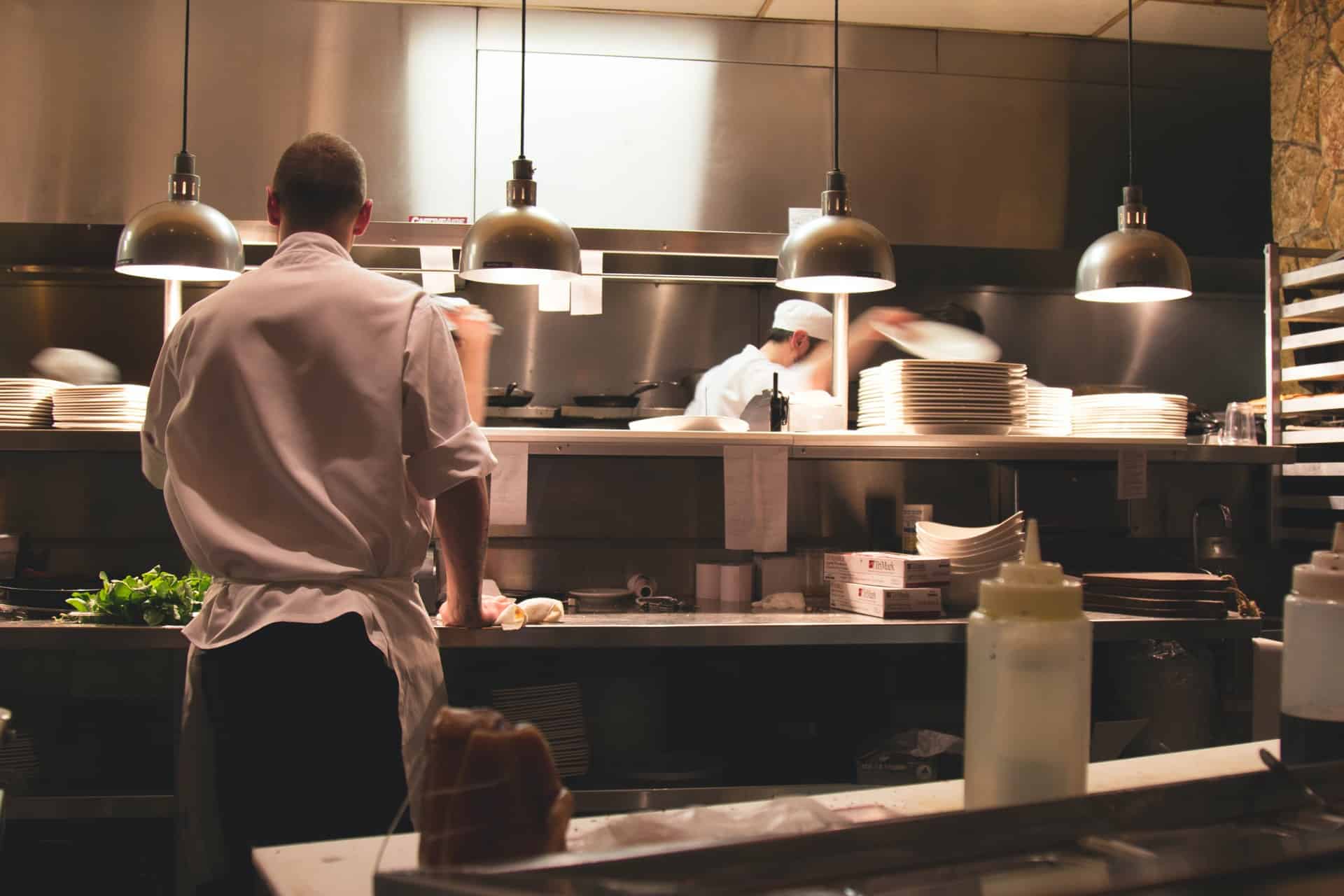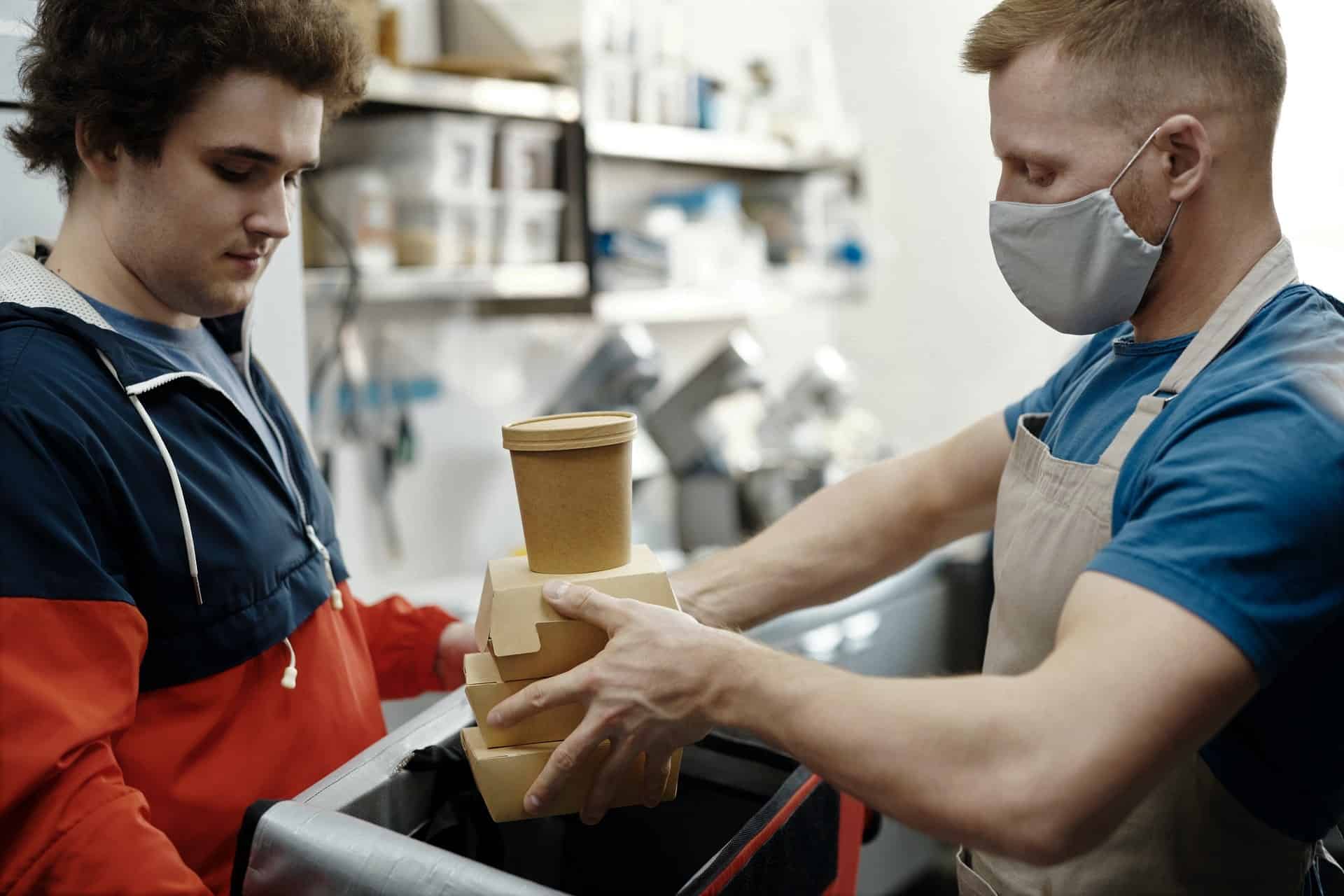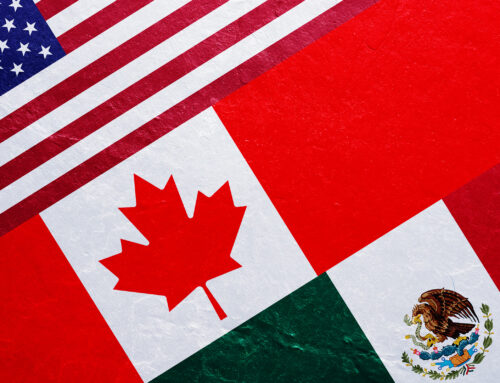
By: Fred Puech, Vice President of Analytics
The COVID-19 pandemic has caused extensive and ongoing limits to in-person dining, and with the patio season ending across North America, more and more restaurants are relying on third-party delivery vendors to survive.
Popular third-party delivery systems like Skip the Dishes and Uber Eats are in many ways a lifeline to restaurants no longer able to host patrons inside. For other delivery-based restaurants (think pizza), these apps have ignited increased competition. In either case, third-party delivery systems raise some interesting challenges and opportunities, especially around pricing and promotions during the pandemic.
Mounting Challenges for the Food Service Industry
All restaurants who use a third-party delivery service are charged a fee, which will trigger a decision to either:
- Charge a higher price on the platform and pass the fee on to customers
- Charge the same as in-restaurant prices and accept lower margins
- Take the middle ground and pass some, but not all of the fee onto customers.
The increased cost associated with using a third-party delivery vendor is compounded by other pandemic-related expenses. According to Business Insider, the cost of running a restaurant post-pandemic has skyrocketed, especially as food costs increase by as much as 38 percent. Increasingly, restaurants want to know how to increase menu prices to cover costs without losing traffic or upsetting customers who are already financially stretched.
We believe finding this balance has always been a challenge for those in the food service industry. It’s easy to increase prices, but if you lose 5 to 10 percent of your customers as a result, that’s not sustainable. To increase prices successfully, we advise tracking past transactional data to really quantify how customers have reacted to pricing changes historically and to accurately predict how they would react to a price change again.
However, restaurants that use a third-party delivery service may not have access to the wealth of data that is being collected. Our analytics team often reminds the restaurant chains we work with that third-party delivery vendors alone are privy to their customer data, which means that the restaurant loses the ability to collect and analyze valuable customer insights. For example, Uber Eats accumulates a ton of data on what people eat and because of the nature of their relationship with the customer, they can track individual customers over time using an email address. While these third-party delivery services sometimes publish generalized data on consumer trends, the restaurants themselves often lose control over the data that in the past they have used to successfully drive promotions.
Opportunities and Key Take a Ways
A co-authored report by the University of Guelph and Dalhousie University has found that as consumers re-allocate their dining-out budgets to increased spending at grocery stores, and as food costs rise, more restaurants are either closing for good or shifting to delivery and pick-up models (see: CTV News). The restaurants that have fared the best throughout this economic crisis have been those that have scaled and sized appropriately. Restaurants that are able to pivot and capitalize on new opportunities are the ones that are most likely to survive.
To pivot, restaurant owners need to consider how to make their restaurant and menu more appealing to customers. Standing out on third-party delivery apps is also critical, especially amongst increased local competition. While food quality and good prices remain essential, promotions continue to be the key driver for restaurants right now.
3 Ways Restaurants Are Pivoting
-
Strategic Promotions
Restaurants must recognize which offers will be successful with third-party delivery vendors to offset traffic lost through dine-in customers. Pricing Solutions uses data-driven science to conduct which focuses on data surrounding the performance of past promotions.
Here are a few other important factors to consider when running profitable promotions and offers on a third-party delivery platform:
- Successful promotions are tailored around convenience and value for the customer.
- Promotions around bundles, combos and full meals work quite well. For example, consider running a Two Can Dine Special or give a discount for a full meal (a pre-selected starter, main dish, dessert, and beverage) rather than discounting an individual item.
-
Online Pricing
It is important to recognize that consumers are willing to pay more for added value and convenience right now. Especially with the pandemic, consumers will pay a premium to receive restaurant quality food at home. This is no surprise to those in the pricing industry. It’s a well-known industry fact that people are less price sensitive when ordering online or through an app than when ordering in person. There are a few reasons for this:
- When you order on your phone, the prices are not as visible or obvious as in a restaurant.
- When people order online or with an app, they are often craving food and feeling rushed as opposed to ordering in a restaurant when the meal itself is a social occasion and there is more time and thought put into choosing menu items.
- Most consumers understand that when ordering online or through an app they’re paying for an added convenience.
This pricing knowledge raises some interesting opportunities for restaurants with the wherewithal to capitalize on current consumer behavior.
-
Adapted Menus
Restaurants making the move to a third-party delivery service must adapt their menus. The restaurants that have really tailored their menu and their prices to a delivery environment versus indoor dining, have done pretty well. Some items have been removed and some items are added because they are more suitable for delivery. The restaurants that haven’t adapted are struggling. can help you leverage transactional data to make value-driven pricing decisions that won’t erode traffic. 
In addition to optimizing prices and creating a simplified menu that’s suitable for online ordering, other notable menu trends include more health-conscious items, in some cases with locally sourced ingredients. Although people are looking for ways to support small, local restaurants versus big chains through shop local movements, we point out that if you look at the stats and who has been faring well and who has not since March, the large brands (i.e. McDonalds) have overall done a lot better than the small, independents, who are suffering the most . We can attribute this to larger companies having the resources to leverage their data whereas, smaller independents lack either the data or the resources.
Today, more than ever, it’s essential that restaurants act quickly and carefully with regards to pricing. Looking for guidance? Contact the team Pricing Solutions to benefit from our custom industry experience and data-driven pricing advice.





